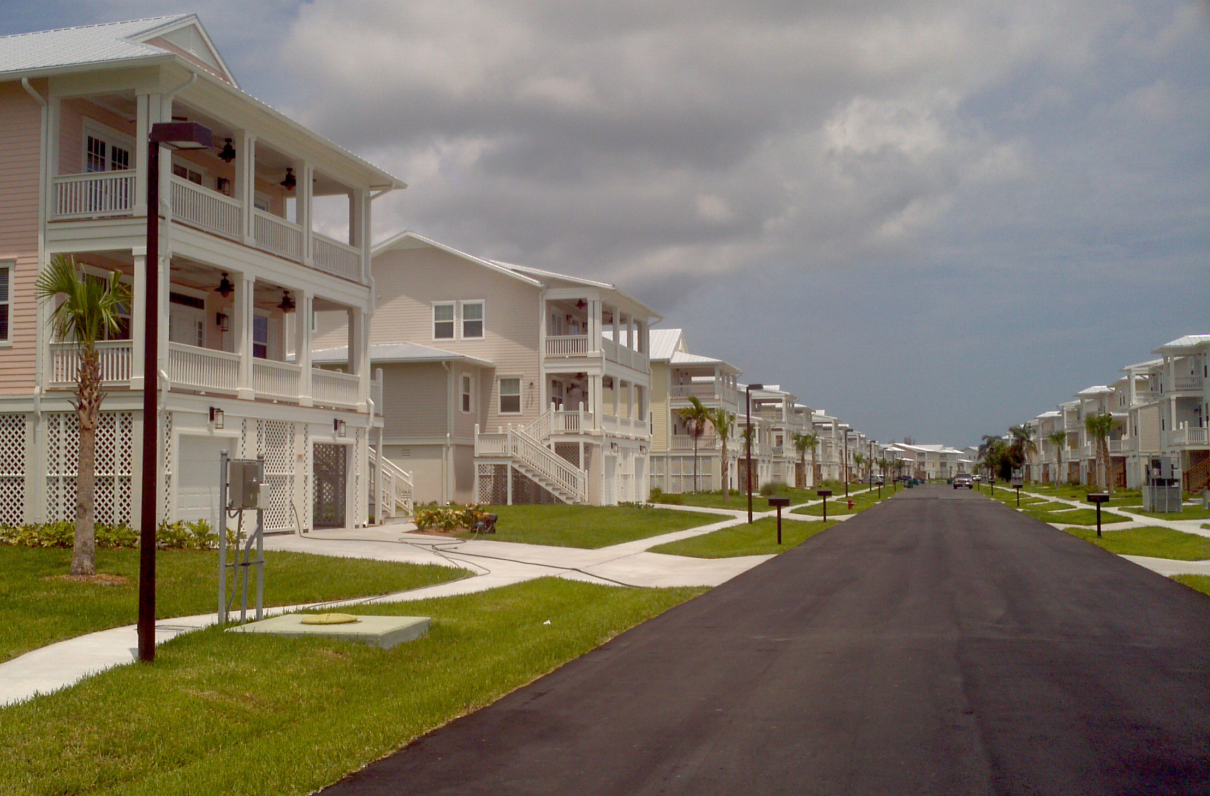DoD lacks a comprehensive strategy for dealing with persistent housing challenges facing military families in an increasingly competitive environment, a new Government Accountability Office report found, with many servicemembers and families driven into high-demand rental markets.
This housing shortfall may threaten financial stability and overall quality of life for the all-volunteer force, and lead to “negative effects on performance and mission, especially for lower ranked, junior personnel,” states the report, which offers six recommendations aimed at improving DoD’s approach to housing needs.
[TAKE ACTION: Ask Your Lawmakers to Support the Junior Enlisted Pay Increase in the House NDAA]
Persistent Housing Shortfalls
Military installations across the U.S. face ongoing housing supply constraints. With limited on-base housing, servicemembers often seek accommodation in nearby civilian communities. However, rising rental costs and a competitive rental market have severely limited affordable options.
Many installations – such as Florida’s Naval Air Station Key West, located in a popular tourist destination – face additional competition from short-term rental properties, which are not factored into DoD’s housing assessments.
Installations in remote locations increase this challenge, as housing options are scarce and commutes can be prohibitively long.
Inadequate Housing Assessments and Allowances
The GAO report criticizes DoD’s method for setting housing allowances, a process that hasn’t been formally updated since 2010 with clear guidance or consistent evaluations.
[RELATED: Military Pay, TRICARE Upgrades on Tap When Congress Returns to Work]
In 2021, GAO recommended that DoD reassess its Basic Allowance for Housing (BAH) rates to ensure they adequately reflect the cost of suitable housing. However, the recent report reveals the Office of the Secretary of Defense (OSD) has yet to clarify the frequency for conducting Housing Requirements and Market Analyses (HRMAs), which are used to determine housing availability near installations.
Without a consistent assessment of private sector housing availability, it is difficult for DoD to set accurate BAH rates or plan housing appropriately.
Lack of Coordination and Timely Updates
The GAO report also highlights a lack of coordination across the military branches in completing HRMAs, especially on joint bases where multiple services share a housing area. This lack of coordination can lead to gaps in understanding and addressing local housing needs. Further, many assessments are not conducted in a timely manner, resulting in outdated data on housing conditions and costs.
A GAO analysis of HRMAs found wide variation between the branches when it came to these reports – all of the Navy’s HRMAs had been performed within the last five years, for instance, while 89% of the Air Force reports were more than 10 years old.
These lapses mean housing decisions often are based on incomplete or outdated information, which can negatively impact housing availability and affordability.
[RELATED: Ask Your Lawmakers to Back a REAL Raise for Junior Enlisted]
Limited Feedback From Servicemembers
DoD collects feedback primarily from those residing in privatized military housing, according to the report – often missing the perspectives of those living off-base. This alarming finding means DoD is unable to fully assess the toll inadequate housing options take on its personnel, both in terms of financial impact and overall quality of life challenges.
The report indicates that housing shortages disproportionately impact junior enlisted members, whose limited financial resources heighten their vulnerability to high rental costs and suboptimal living conditions.
GAO’s Recommendations for Improvement
The report’s authors put forward six key recommendations to address these issues:
- Clarify OSD’s oversight role in the HRMA process to ensure military services conduct timely analyses and submit planned HRMA lists to Congress each fiscal year.
- Develop a comprehensive list of critical housing areas by considering unique characteristics like vacation rental prevalence.
- Regularly update the list of critical housing areas to reflect changing housing dynamics.
- Gather feedback on housing-related quality of life impacts through expanded surveys like the Status of Forces and other service-specific mechanisms.
- Create a plan to address housing challenges in critical areas, exploring options to increase housing supply or alternative compensation.
- Enhance guidance on community coordination, ensuring that military installations and local communities collaborate effectively to meet housing demands.
The Path Forward
These recommendations aim to help DoD create a more adaptive, servicemember-centered approach to housing. By implementing GAO’s suggestions, DoD has an opportunity to improve housing options, protect the quality of life of its personnel, and mitigate the negative impacts of housing challenges on mission readiness.
However, without prompt action, military families will continue to bear the brunt of an increasingly unmanageable housing market.
Support Military Spouses
Donate to The MOAA Foundation and support MOAA’s efforts to help military spouses in their career journeys.

